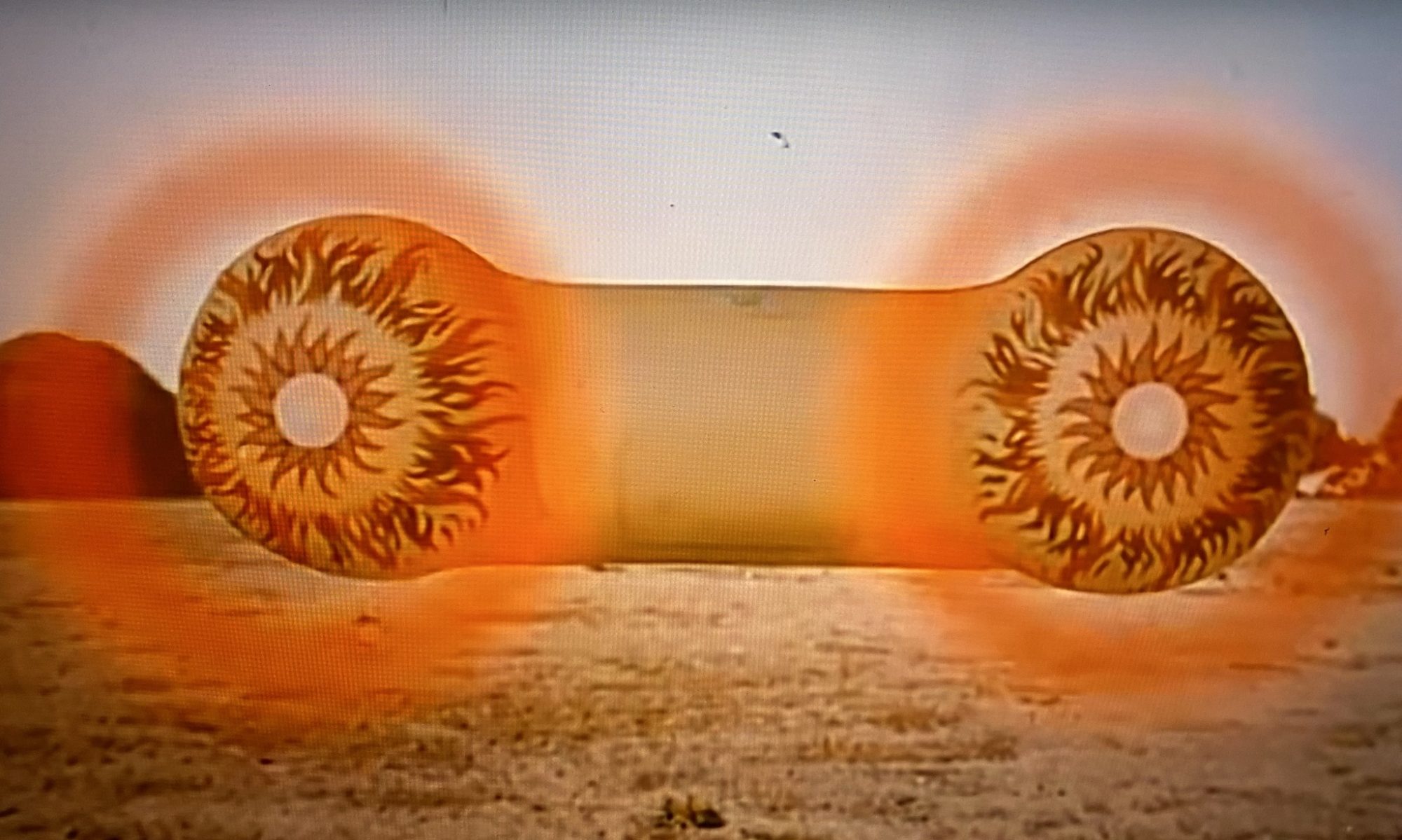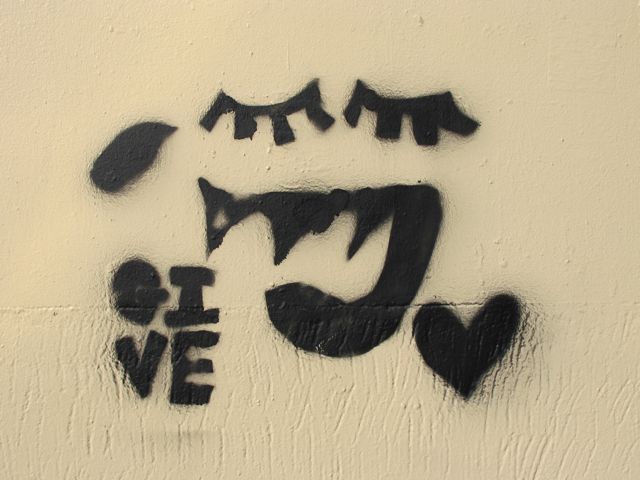Join me Wednesday on 24th St. when I speak for only 10 minutes at A Vayable Idea
Join me Satuday with TransportedSF for the Banksy Tour. I will guide you through the six remaining Banksy pieces via a biodeisel bus (drinking and fun allowed).
Some thoughts about Street Art Tourism in SF
Sometime around 2002, when an article about “The Mission School” of public art appeared in the SF Bay Guardian, the alleys where I wandered to photograph stencil art. Of course, this was around the time Banksy was becoming a sensation, Melbourne, Australia’s walls were exploding with public art, and Tristan Manco released his book “Stencil Graffiti.” As books began to get published, websites like MySpace and Flickr began to allow massive photo and info sharing, and digital cameras became cheap and easy to use, people started noticing that I was taking photographs of the sidewalk (and other strange locations). People started asking me questions about the art. Then I eventually saw people taking their own photographs. Prior to about 2005, very few people documented what was now being called street art. But this began to change. Like me, people were traveling around the world to see the art, the exhibits, and the freshest city walls. One of the pillars of street art entailed that artists had to travel and put their art up all over the world. It was only a matter of time before this all went mainstream.
When Banksy wandered through the USA about two years ago, there was a frenzy of Tweets and posts sharing the locations and art he left behind. I jumped into the frenzy and saw many other people wandering San Francisco to snap up photos of the fresh work. A few who scooped Banksy’s visit ended up on TV, and the blogosphere many cities ate up his art (and the eventual removal of much of it). In my mind, the sensation had arrived. Irionically, Banksy was promoting his documentary that looked at the hollow sensation of art’s next greatest thing.
I wasn’t surprised when I was asked to speak as an expert for a Banksy tour in May. With only six pieces remaining (well, one is totally destroyed but still possibly relevant), and a law in the books where drinking alcohol on a bus is legal, there was a good combination for a fun Saturday afternoon. The tour sold out, and we all had a great time. I know that Precita Eyes gives mural tours, and Chris Carlsson gives FoundSF tours, both of whome fill in gaps where the mainstream double-decker buses never tread. Antenna Theater developed the Magic Bus as a multimedia bus show, but demand was so high, they turned it into an ongoing “tour”. There are other tours that I probably do not know about, and some, like the Barbary Coast, Dashiell Hammett, and Beat Generation tours are a bit more mainstream. Jeremy Novy has an exhibit titled “A History of Queer Street Art” which is closing just in time for Pride Weekend. I am sure that people here for Pride are going to this exhibit and then looking for the illegal art afterwards.
Prior to the Banksy tour, I had wondered how many people came to San Francisco to seek out the painted alleys and walls. As street art became a topic of LA tabloids (“Is Banksy going to appear at the Oscars???” “The Art in the Streets show is causing more graffiti!” ) and Shepard Fairey became a household name, I saw the back streets of San Francisco turn into photo opportunities. Back when I visited Melbourne, Australia in 2008, their official tour brochure boasted that tens of thousands of tourists came to the city to see the painted laneways. As I visited the Citylights gallery just off Hosier Lane, I saw Japanese tourists snapping photos, a newlywed couple posing in front of the walls, and even a school group of young children looking at the art. This was only in maybe an hour of visiting the area!
As San Francisco spends $22 million a year to erase graffiti and street art, these changes beg the question “just how much money is the City making from all the graffiti and street art?” The best way to find out would probably be a funded study of underground and subculture tourist trends. If two people stood at both ends of Clarion Alley on a Saturday, and asked a small list of questions, I assume that the results would be surprising for the bureaucrats that only see vandalism. Then there are the stores that cater to the culture of street art. Upper Playground reigns supreme in the Haight. 1AM holds it down in SoMa. White Walls makes the illegal walls quasi-legal with their top shelf legal walls.
This is what I hope to talk about Wednesday night A Vayable Idea. This is a start up dot com that allows people to purchase tours from everyday people who love their cities. I’ve already done a few tours through Vayable and they’ve been great. My tourists have been curious about all the art that they see around them. I try my best to answer all their questions and show them the best spots. There are skateboard tours on Vayable, available in SF. There’s another underground tourist source that is understudyed. Our hills are famous for skating down. So I’m putting the word out: Who is catering to alt-tourism and why isn’t San Francisco paying attention? I’m crious to see what happens. Hope you come by and visit so that I can hear what you think about it all.


